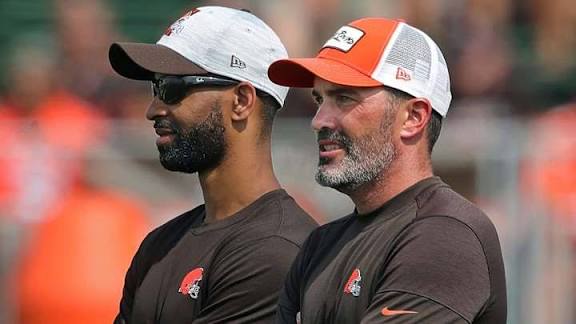
Swing coaches, statisticians and mental coaches can all try and decipher what made Tiger Woods so great, but what says the man himself?
Every now and again, Tiger will drop little hints that help explain his success (see: “playing aggressively to my spots,” the “Tiger 5” stats he diligently tracked, etc.), but it was what he told two former Stanford University golfers that stands out the most.
During our Golf Digest Happy Hour with course-management expert Scott Fawcett, Fawcett discussed two interactions he had with Maverick McNealy and Joseph Bramlett. Both former Stanford players turned tour pros asked Tiger what made him so great, and his surprising answer was the same to both: lag putting.
Senior Game Improvement Editor Luke Kerr-Dineen and I broke down Tiger’s insight and what it means for the rest of us on this episode of the Golf IQ podcast, which you can listen to here (or below).
on course management in college, McNealy asked Tiger, “Why are you the best player of all time?” to which Tiger responded, “Well, because I’m the best lag putter ever.”
Tiger explained to McNealy that it has never mattered how much trouble he gets into, he always feels like he can dump an approach somewhere on the green and leave himself 40 feet. Since he knows he can always two-putt from anywhere on the green, there is less pressure on his iron play.
Tiger’s excellent lag putting is one of the main reasons why he led the PGA Tour in bogey avoidance during his early-career peak from 2000-2002.
What’s the takeaway for the rest of us? Think of how many times you hit the ball inside 10 feet in a round. For a scratch golfer, this is maybe two or three times all day and even less for mid- and high-handicaps. The significant majority of your first putts will be from mid- to long-range, meaning one of the quickest ways to lower your scores is to get really good at speed control and cut down on your number of three-putts.
As Fawcett also explained during our Happy Hour, a player who averages 79 makes only one more birdie a round versus someone who averages 95. What’s the rest of the difference? The 70’s shooter makes far less bogeys, doubles and others—and many of those come from three-putts.
“This game is just not about making birdies. This game is about avoiding bogeys,” Fawcett says.
By improving your speed control and becoming a great lag putter, you will not only trim a few shots off each round from fewer three-putts, but you will, as Tiger says, take the pressure off your iron game. Since you know you can get down in two from anywhere on the green, you won’t feel like you need to fire at tricky hole locations. You can simply hit it on the green, 40 or 50 feet away, two-putt and move on.
Tiger says it’s the reason he was so good—maybe there is something to it.

